Software for Forecasting – 3 Common Forecasting Mistakes to Avoid
Software for Forecasting – 3 Common Forecasting Mistakes to Avoid
If business forecasting seems like an attempt to accurately forecast the weather, it is, because:
- The wrong tools are used – spreadsheets were never meant to be complex and sophisticated forecasting tools, and yet businesses often rely on these outdated methods to forecast.
- Forecasts are made regarding behaviour that can change, and can thus not be predicted with 100% accuracy
- Personal agendas drive the forecasting process – managers compete for funds, and thus make forecasts to support their ideas..
Companies often spend thousands on the forecasting problem in the hopes that it will magically be solved. But, with lousy forecasting results year after year, it is time to look at a new solution. We offer sophisticated, but easy-to-use software for forecasting that reduces the time it takes to forecast, reduces errors in forecasting and improves decision-making power.
Instead of managers with subjective agendas controlling the figures to suit their goals, objective analysis can be done. Rather than having weeks pass before the forecasting is completed and already outdated, regular forecasts can be made. The software for forecasting, that is available from us, is scalable, capable of complex calculations, allows for the use of data from various sources, and helps to save time. That being said, regardless of how powerful the software is, if not used correctly and if incorrect forecasting practices are followed, the business still ends up with lousy forecast results.
Let’s take a look at three common forecasting mistakes to avoid and how to make best use of software to avoid such.
1. Over complicating the function
The more complex the forecasting process and the more people involved, the better the chances for political agendas and inaccuracies to influence the forecasting process. It must be a scientific process, rather than a subjective exercise. Also consider how having many people in authority work on the forecasting actually costs the company money. Every person involved is paid, and they’re spending their time on a task that can be completed quicker, objectively and accurately using appropriate software for forecasting, which streamlines the process and thus saves the company money.
2. Choosing a forecasting model just based on history
Every scenario must be compared to history, and the one that fits the recent history is then selected for future forecasts. What is the wrong with this picture? It is great if it fits recent history, but the objective is to find one that not only fits closely, but perfectly. Yet, this is still no guarantee for an absolute perfect model for future forecasts. Instead, the model should be fitted to a systematic structure, to ensure a more accurate forecasting model. Don’t over-fit!
It is especially dangerous if the forecaster is not really experienced, as for him/her the model may seem perfect. But consider this – if the model chosen is not correct, even if it fits to history, and it doesn’t make provision for factors which affect behaviour, then it will mean that future forecasts will be even worse. The focus should not only be on history, but also the accuracy of future forecasts. Our software for forecasting enables such, and thus helps to avoid another common forecasting mistake.
3. Expecting superb accuracy when dealing with erratic behaviour
If the patterns are smooth and predictable, then the forecast can reflect such. However, expecting 100% accuracy when working with ever-changing and erratic behaviour is dangerous. It is thus essential to consider the behaviour that needs to be forecasted when setting accuracy expectations, in order to avoid wasting valuable resources in an attempt to get unrealistic accuracy levels.
A more appropriate approach would be to make use of a naive forecast model, which can use the last known value of the erratic behaviour as a basis for the future forecast. You can also use a known value from twelve months ago to make a forecast for the same period in the current twelve months. A third option is to get an average for the last three periods, whether months or years. Keep in mind that with erratic behaviour, it is not possible to get close to 100% accuracy, but you can use the percentage accuracy as the baseline for the evaluation of future forecasts.
Avoid the above mistakes by following the tips provided and making use of appropriate software for forecasting, as available from us, for a higher level of accuracy.


